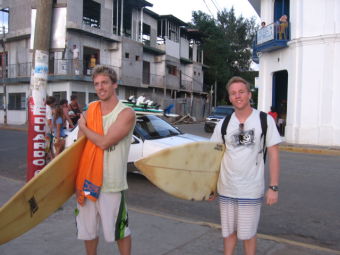Last weekend, after having realized there weren’t Saturday
buses to Cuenca from Ciudad Real, Tello, Tim, Cris, and I decided we still
wanted to make the most of the day and go somewhere. Left to Cris’ Spaniard
expertise (she’s a local), we decided to road trip it to the Castle de
Calatrava. A forty-five minute jaunt,
south of Ciudad Real, her father offered to drive the four of us (not trusting
Cris’ driving skills, apparently). We left Ciudad Real around two in the afternoon.
The sun was high in the blue sky. With the five of us packed in the SUV we were
on the road. The terrain isn’t too different from the North Dakota landscapes
I’d grown accustomed to—mostly flat, some rolling hills, but for the most part,
plains. The real difference lies in the
hundreds of olive trees, which line the Spanish terrain. We arrived at the
castle around three in the afternoon, which meant we’d be waiting for over an
hour for the castle to open its doors back up to the public. Somewhere in the
cold castle I imagined the guy who ran the place, taking his siesta, like the
rest of the Spanish population during that time of day. We sat on top of boulders and ate our lunch overlooking
the valley to our right and the castle atop the hill to our left. Cowbells rang
just over the far hilltop. Something about the castle and the wide open horizon
made me think we could get away from the modern world, away from Facebook, cell
phones, alarm clocks, and anxiety about things like which car should I buy? Or
which style of shower curtain hooks would look best?
I looked at the two, one-liter bottles of water, “How long do you think we could make it with this water? I mean if we were to start walking. Do you think we could figure out how to purify more water, how to find food to eat?” Could we make down to Morocco, over to Portugal, or up to France?”
I looked at the two, one-liter bottles of water, “How long do you think we could make it with this water? I mean if we were to start walking. Do you think we could figure out how to purify more water, how to find food to eat?” Could we make down to Morocco, over to Portugal, or up to France?”
Tim looked at me perplexed and I could tell he had just
realized I was serious—or that a part of me believed it anyway. “Not far.” He laughed, “are you serious?” “People
do that don’t they?” I said. And they do—people from all over the world come to
Spain, France, and Portugal to walk the Camino de Compostella, known to the
English world as the “Way of St. James.” They attach a seashell to their
backpacking backpacks and walk for miles, weeks, sometimes months
“Well what if we had the gear?
Would you guys ever want to do it? Just start walking? We can do that,
right?" I asked again.
“I think people have the illusion
that they can do that.”
 |
| Castilla de Calatrava |
People who walk the Camino all seem to have a purpose for
their walk. In fact, upon completing the
walk, they’re asked, “Why they did it?”
Maybe that’s what I’m after.
We finished our lunch and I took out the Frisbee. It was hot
enough to take off my light jacket, even atop the hill.
 |
| Cris demonstrating what the Spanish make up for in soccer, they lack in frisbee. |






1 comment:
That first picture looks like you could be standing on a butte in North Dakota-- the hills, the stretch of blue sky as far as you can see. I thought of the similarity, until I got to the castle, which is right out of a dream, or Shrek, or some other good fairy tale. It's hard to imagine someone actually ever living there.
The flash of red frisbee at the end, brings me to the present.
I like this one. I'm glad you're writing. Write every day, as much as you can.
Post a Comment